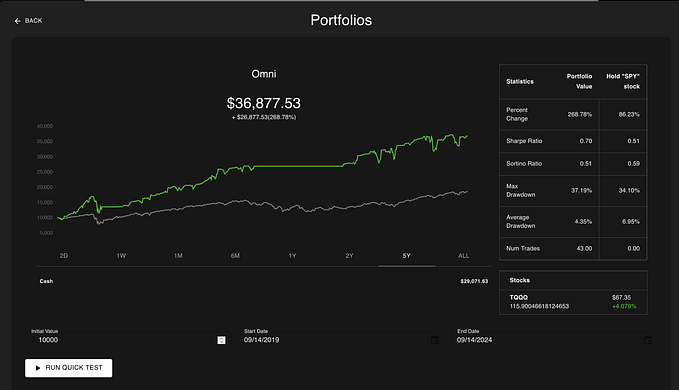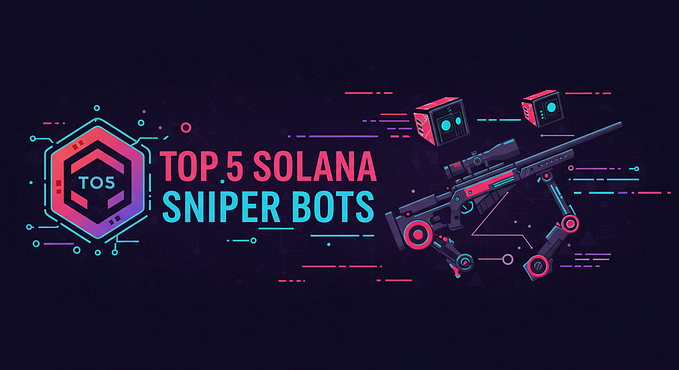MEV-Boost- Solving for Ethereum’s invisible tax

The crypto world thinks very differently from traditional finance.
In traditional finance, Front-Running is considered bad. There are no two views on it. If you’re a broker who knows that a big asset manager is going to buy a stock and you buy it before them, you risk job loss, fines, and jail time.
In the crypto world, a form of front-running, euphemistically called MEV (Maximum Extractable Value) is rampant. When you execute transactions on a public blockchain, it waits in the mempool (memory pool) visible to everyone, till it is picked up by miners/validators and added to a block. During that time, someone else can copy those transactions, get their copied transactions added to the blockchain before yours and capture the profit. Similar to when brokers execute their transactions before that of an asset manager and capture the profits that belong to the asset manager.
The crypto world knows that MEV is problematic. However, given the philosophy that incentives should guide behavior instead of regulations, the approach being tried is to democratize MEV instead of outlawing it.
I attempt below to explain this in detail.
What exactly is MEV (Maximum Extractable Value)?
Miners (or validators) include, exclude, or re-order transactions within a block in a manner that transfers profits from those who initially submitted the transaction to themselves. This is called MEV. Some of the ways in which MEV can be extracted are:
- Front Running
While it sits in the memory pool, others have the opportunity to evaluate if yours is a profitable transaction. If it is, then someone else can copy your transaction, pay a higher transaction fee, and get their transaction added to the blockchain before yours, robbing you of the profit that is legitimately yours.
Let’s understand with an example, let’s say DOGE is trading at 10 cents on Uniswap and 12 cents on Sushi. You put in a trade to buy DOGE on Uniswap and sell the same on Sushiswap. This trade should give you a profit of 2 cents per coin. A bot notices the trade and executes a million dollars of the same trade at a higher fee. In that case, the bot’s trade will get executed first, raise the price of DOGE on Uniswap and reduce it on Sushiswap, reducing the arbitrage profit for you.
2. Back-Running
Bots monitor pools for new token pairs. New token pair listings tend to have low liquidity and therefore price slippage can happen at relatively low volumes. If the bot observes a swap on a new token pair in the mempool that is likely to push up the price of the token being bought and push down the price of the token being sold, it’ll execute the opposite swap immediately afterward in the same pool buying the cheaper and selling the expensive token.
3. Sandwich Attack
If a bot notices that you’re buying large quantities of an obscure token with a legitimate token like wBTC, it will buy the obscure token before you. Your subsequent purchase will push up the price of the obscure token further. Post your purchase, the bot will sell the obscure token at a profit.
4. Gas Golfing
Experts know how to minimize gas consumption in a transaction. They might reduce data space within a transaction code, use addresses that start with zeroes as they take less space, and leave a small balance in contracts as reusing those costs less than initializing a new storage slot. The competitive advantage from such techniques adds up and makes it impossible for those without the skill to minimize gas consumption to profit from genuine original ideas.
5. Time Bandit Attacks
This is the most dangerous form of MEV Attack. If a bot discovers MEV in an old block that is higher than the block rewards of the blocks post that block, they might re-mine those blocks destabilizing trust in the entire network.
Miners/validators are best positioned to attempt the various forms of MEV as they see all transactions and don’t even have to pay a higher gas fee to prioritize their transaction over the original if they’re the one’s proposing the said block.
The real problem with MEV
There is a school of thought that MEV makes markets more efficient. Bots running MEV strategies will result in the disappearance of arbitrage opportunities making true price discovery possible.
Even if one accepts this thinking, there is one even bigger downside of MEV- Centralization of network consensus.
Exploiting MEV opportunities requires a high level of technical sophistication. Small and individual miners/validators will be unable to compete with large mining/staking pools that run profitable MEV strategies making consensus even more centralized than it already is.
Further, note that MEV is likely to become an even bigger problem in the future as block rewards drop and MEV constitutes a more significant percentage of miner/validator compensation.
How should the crypto world tackle MEV?
In the open architecture of public blockchain, banning anything is ineffective. As long as profit opportunities through MEV exist, there will be parties exploiting them. The tradfi modus operandi of declaring unfavorable behavior as illegal therefore won’t work.
The way to tackle it is to remove the opportunity to make profits or at least introduce a system where any MEV profits are shared with a larger group removing the possibility of one sophisticated party solely capturing the profit. In other words, the solution is to democratize MEV.
MEV-Boost
Flashbots, a research organization created MEV-Boost to tackle the problem of MEV in Proof-of-Stake Ethereum.
The way it works is as follows:

“Searchers” find and bundle MEV opportunities and forward them to multiple “Block Builders” who take these bundles, and create the most profitable Blocks possible using different strategies. They forward the same to “Relayers” who validate transactions within the Block while maintaining transaction privacy. “Validators” that run MEV-Boost can access these pre-prepared profitable blocks. They cannot see the constituent transactions till they commit to proposing the Block for inclusion into the blockchain.
Conclusion
This solves the problem of centralization alluded to above. Using MEV-Boost, the job of finding profitable blocks is outsourced to specialists and the validation function can continue to be profitable for even solo stakers who can buy profitable blocks from specialists. This results in a larger pool of decentralized stakers securing the network.
This way, MEV Boost enables Proposer-Builder Separation (PBS), planned post-Ethereum Merge which will be essential to maintaining decentralization in the overall network even if the specialized role of Block Building becomes centralized.










